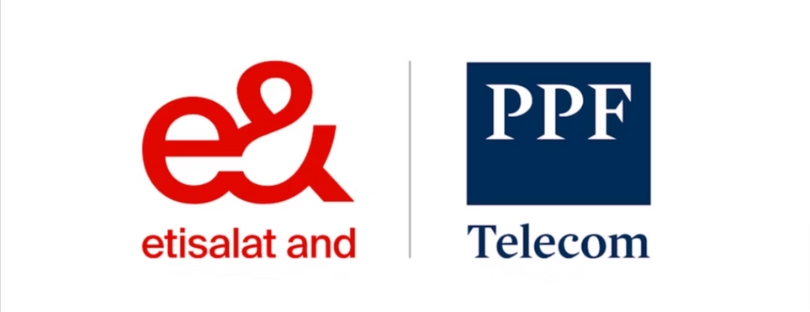
What is mmWave and how does it relate to 5G?
mmWave, or millimetre wave, is one of the many innovations that make up what is known in global computing as 5G. This time, we are going to take a closer look at what mmWave is and what it has to do with 5G, the logical evolution of 4G and the technology that should keep pace with the hyper-connected society that we are heading towards and, to a large extent, already experiencing.
mmWave and 5G: Achieving Maximum Data Transmission Efficiency
mmWave (millimetre wave) is a wireless communication technology that uses high-frequency electromagnetic waves in the range of 30 to 300 GHz. Our data is transported by 5G technology using waves, and their frequency determines the speed at which data is transported. So the higher the frequency of a wave, the faster it will be transmitted. However, this has a drawback: as the frequency increases, the penetration capacity of the waves decreases and they cannot easily pass through solid objects.
And what does the so-called 5G have to do with mmWave?
The millimetre wave (mmWave) is a part of the radio wave spectrum that is used specifically for data transmission in 5G networks. And as we said, this has an advantage (speed of transmission) and a disadvantage (difficulty in passing through objects and reaching as far as possible).
The Example of the River and the Millimetre Waves
To best understand this, let’s take the example of a river. Our river will have three characteristics:
- It is a very wide
- It is shallow
- It has a very strong current
Now imagine we want to take a boat down this particular river. It is precisely the parameters mentioned above that you need to consider: width, depth and current. If we compare these characteristics to those of a wave, the frequency of the wave would be the speed of the current and the length would be the width and depth. As it is, you would not be able to navigate this river easily. Similarly, with millimetre wave, the high frequency (river current) can carry a lot of data, but the wavelength (width and depth) limits the possibilities.
Let us now turn to the telephone operators. Imagine that the millimetre wave is again this wide, shallow river. Well, each operator can have his own river space to carry his boat (i.e. his data) and the wider it is, the more boats can sail at the same time.
There are environments where large numbers of people are concentrated: a football stadium, a music festival, airports and train stations. Hundreds or thousands of people are simultaneously using their electronic devices connected to the mobile network, sometimes wanting to download large amounts of data. In addition, remote working is now more common than ever, and in places like airports or train stations, people tend to use it to get work done and make better use of their time.
Qualcomm and it’s Work with mmWave
Qualcomm, a leading telecommunications company, has pioneered the development and implementation of Beamforming technology in wireless networks. It is a system that supports cellular base stations by increasing the efficiency of data delivery. This is where the so-called massive MIMO base stations, an evolution of conventional base stations, come into play. These stations use dozens or even hundreds of antennas simultaneously to transmit and receive data.
In this type of advanced base station, Beamforming technology uses multiple antennas to focus the signal to a specific point. This reduces interference and increases signal strength. Beamforming improves spectral efficiency: it transmits more information in the same bandwidth, using less energy to do so, reducing battery drain on electronic devices.
Conclusion 5g mmwave
In conclusion, mmWave technology is an integral part of the 5G network, enabling maximum data transmission efficiency. It is a wireless communication technology that uses high-frequency electromagnetic waves in the range of 30 to 300 GHz. The higher the frequency, the faster the data is transmitted, but it also has a drawback of low penetration capacity through solid objects. The example of the river helps to understand the relationship between the frequency and wavelength of the wave and how it affects data transmission. The wider the river (or bandwidth), the more boats (or data) can sail at the same time.
In environments where large numbers of people are concentrated, such as stadiums, festivals, airports, and train stations, mmWave technology can be of great advantage as it can support multiple users downloading large amounts of data simultaneously. Qualcomm, a leading telecommunications company, has played a vital role in the development and implementation of Beamforming technology in wireless networks, improving spectral efficiency and reducing battery drain on electronic devices.
As technology continues to evolve, mmWave will play a crucial role in achieving faster and more efficient data transmission in the 5G network. As more devices become connected, it is essential to have technology that can support high-speed data transmission to meet the growing demand. It is expected that mmWave will also play a significant role in the development of emerging technologies such as autonomous vehicles, virtual reality, and the Internet of Things.








